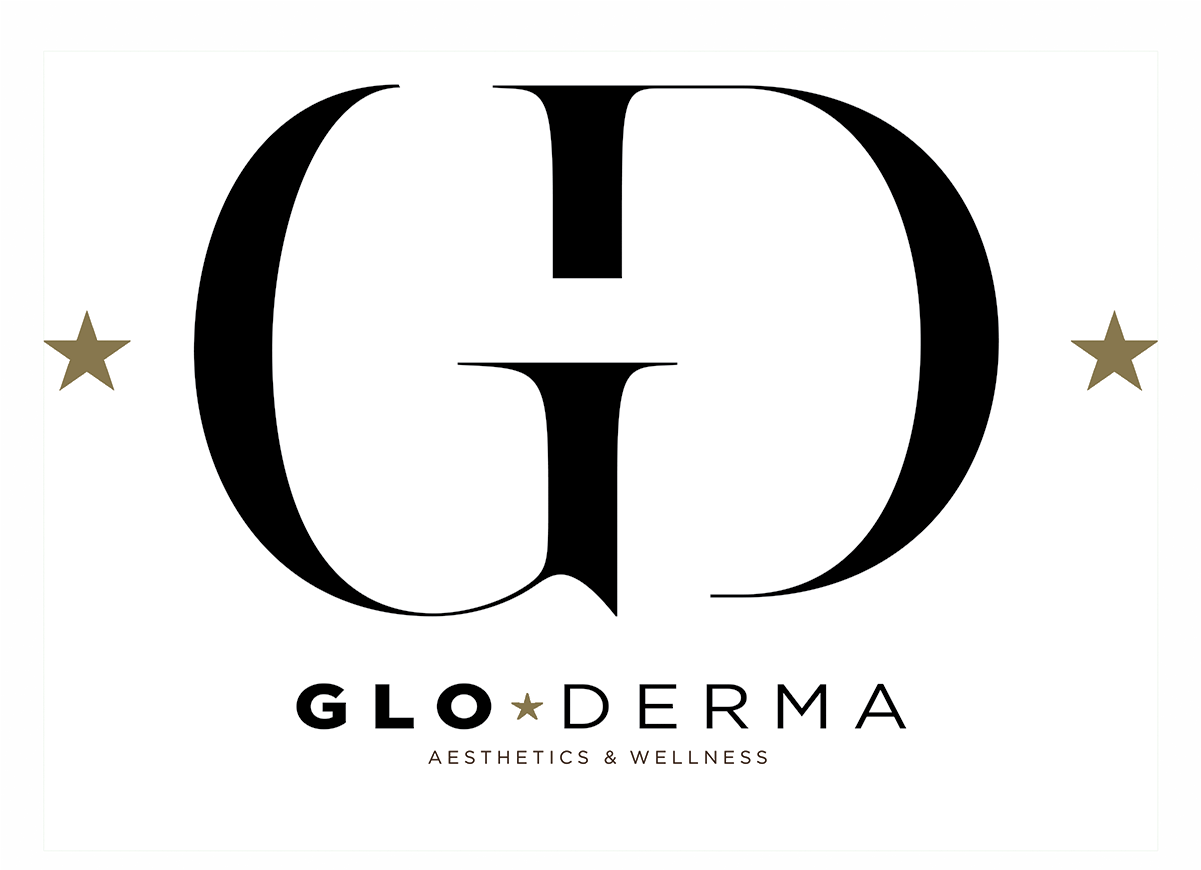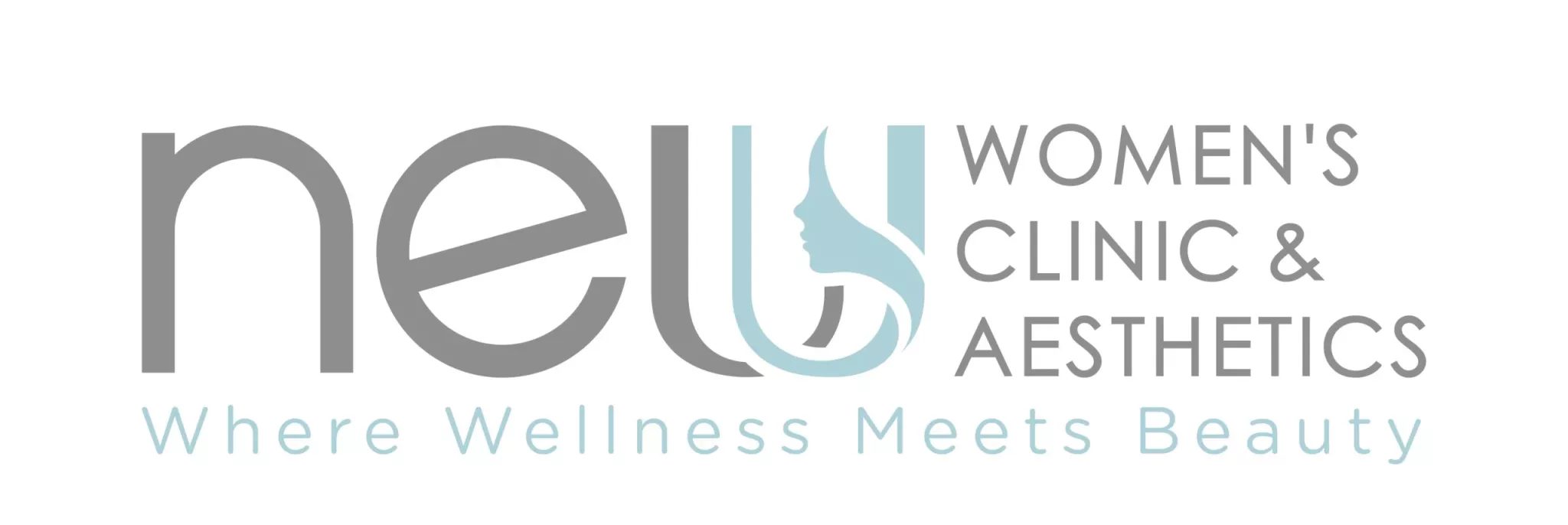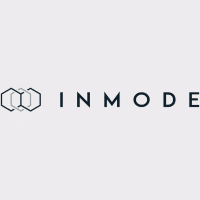
In today’s digital landscape, social media has emerged as a paramount platform for businesses and individuals alike to establish a robust online presence. With billions of users actively engaging on various social media platforms, harnessing the power of these networks can significantly boost your brand’s visibility, community of followers. essential strategies and tactics needed to leverage social media effectively and enhance your online influence.\
1. Understanding the Impact of Social Media
Before diving into the intricacies of social media optimization, it is crucial to grasp the impact that these platforms wield in the contemporary business environment. Social media channels provide an avenue for instant communication, content sharing, and community building, enabling brands to connect with their target audience on a more personal level. Recognizing the potential of social media platforms as powerful marketing tools is the first step towards leveraging their benefits.
2. Crafting a Winning Social Media Strategy
Developing a well-defined social media strategy is pivotal to success in the online realm. To create a compelling strategy, it is essential to identify your target audience, understand their preferences, and determine the most suitable platforms for engagement. Conducting thorough market research and competitor analysis will enable you to gain valuable insights into your niche, ensuring that your social media efforts are targeted and effective.
3. Establishing a Consistent Brand Identity
Consistency is key when it comes to building a strong brand presence across social media channels. By aligning your visual aesthetics, tone of voice, and messaging across different platforms, you create a cohesive brand identity that resonates with your audience. Remember to optimize your social media profiles by using relevant keywords, a compelling bio, and captivating visuals that showcase your brand’s essence.
4. Creating Engaging and Shareable Content
Compelling content lies at the heart of social media success. To captivate your audience and encourage them to share your content, focus on creating high-quality, informative, and entertaining posts. Utilize a mix of formats, such as images, videos, infographics, and blog articles, to diversify your content and cater to different audience preferences. Incorporate relevant keywords naturally to improve your discoverability and optimize your content for search engines.
5. Leveraging Influencer Partnerships
Influencer marketing has become a prominent strategy for brands to expand their reach and tap into new audiences. Collaborating with influencers who align with your brand values and cater to your target demographic can significantly boost your online presence. By leveraging the influence and credibility of these individuals, you can effectively amplify your brand’s visibility and establish trust with potential customers.
6. Engaging with Your Audience
Active engagement is a fundamental aspect of social media optimization. Responding to comments, messages, and reviews promptly demonstrates your commitment to customer satisfaction and builds a strong rapport with your audience. Actively participating in relevant conversations, hosting contests, and conducting surveys or polls are effective ways to foster engagement and encourage user-generated content.
7. Analyzing Performance and Adapting Strategies
Regularly monitoring and analyzing your social media performance is crucial for optimizing your strategies and achieving desired outcomes. Utilize analytics tools provided by social media platforms to gain insights into your audience demographics, engagement rates, and content performance. This data-driven approach will enable you to identify areas for improvement, refine your tactics, and adapt to the ever-evolving social media landscape.
8. Harnessing the Power of Advertising
Paid advertising on social media platforms offers immense potential for expanding your reach and driving targeted traffic to your website. Platforms like Facebook Ads and Instagram Ads provide advanced targeting options, allowing you to reach specific demographics, interests, and behaviors. By strategically allocating your advertising budget and crafting compelling ad campaigns, you can maximize your online visibility, generate leads, and increase conversions.
9. Embracing Video Marketing
Video content has gained tremendous popularity across social media platforms, presenting an excellent opportunity to engage and connect with your audience. Incorporating videos into your social media strategy can help convey your brand message more effectively, create emotional connections, and increase user engagement. Whether it’s behind-the-scenes footage, product demonstrations, or customer testimonials, leveraging video marketing can set your brand apart and enhance your online presence.
10. Utilizing Hashtags Wisely
Hashtags play a pivotal role in organizing and categorizing content on social media platforms. They allow users to discover relevant posts and conversations, making it essential for businesses to incorporate targeted hashtags into their social media content. Research popular hashtags in your industry and niche, and use them strategically to increase the visibility of your posts and attract a wider audience.
11. Building Relationships through Social Listening
Social listening refers to monitoring and analyzing online conversations about your brand, industry, or specific topics of interest. By actively listening to your audience, you can gain valuable insights, identify trends, and respond promptly to customer feedback or concerns. Engaging in meaningful conversations and addressing user needs demonstrates your commitment to customer satisfaction, fosters brand loyalty, and ultimately boosts your online presence.
12. Integrating SEO Principles
While social media and search engine optimization (SEO) are separate strategies, they can work together to enhance your online visibility. Incorporate relevant keywords, both in your social media profiles and content, to optimize your visibility on search engine results pages. Additionally, ensure that your website’s link is prominently displayed on your social media profiles to drive traffic and improve your search engine rankings.
13. Cross-Promoting Across Platforms
Capitalizing on the strengths of different social media platforms can amplify your online presence. Cross-promote your content by sharing links, posts, or teasers across various platforms. For example, you can leverage Instagram Stories to drive traffic to your YouTube channel or promote blog articles on Twitter. By diversifying your social media presence and reaching users on multiple platforms, you expand your brand’s visibility and connect with a wider audience.
14. Staying Updated with Social Media Trends
Social media is an ever-evolving landscape, with new platforms, features, and trends emerging regularly. To stay ahead of the competition and maintain a strong online presence, it is crucial to stay informed and adapt to these changes. Follow industry blogs, attend webinars, and engage in networking opportunities to stay updated with the latest social media trends and leverage them to your advantage.
Conclusion
Leveraging social media to boost your online presence is an essential aspect of digital marketing. By understanding the impact of social media, crafting a winning strategy, and consistently creating engaging content, you can harness the full potential of these platforms. Embrace influencer partnerships, actively engage with your audience, analyze performance, and explore advertising opportunities to further enhance your social media presence. Remember to adapt to the ever-changing landscape, stay informed about trends, and continue refining your strategies to maintain a competitive edge. With dedication, creativity, and a well-executed social media plan, you can elevate your brand’s online influence and establish a thriving digital footprint.




























